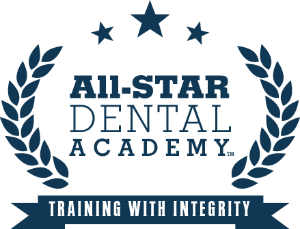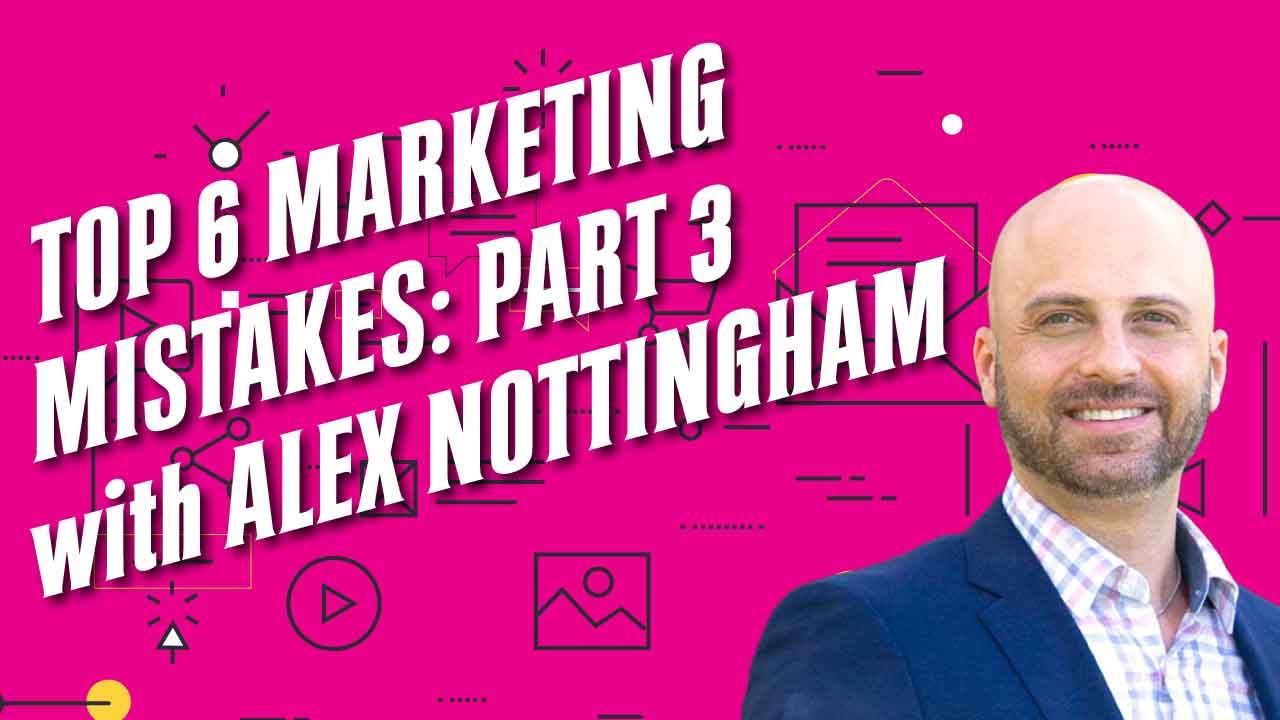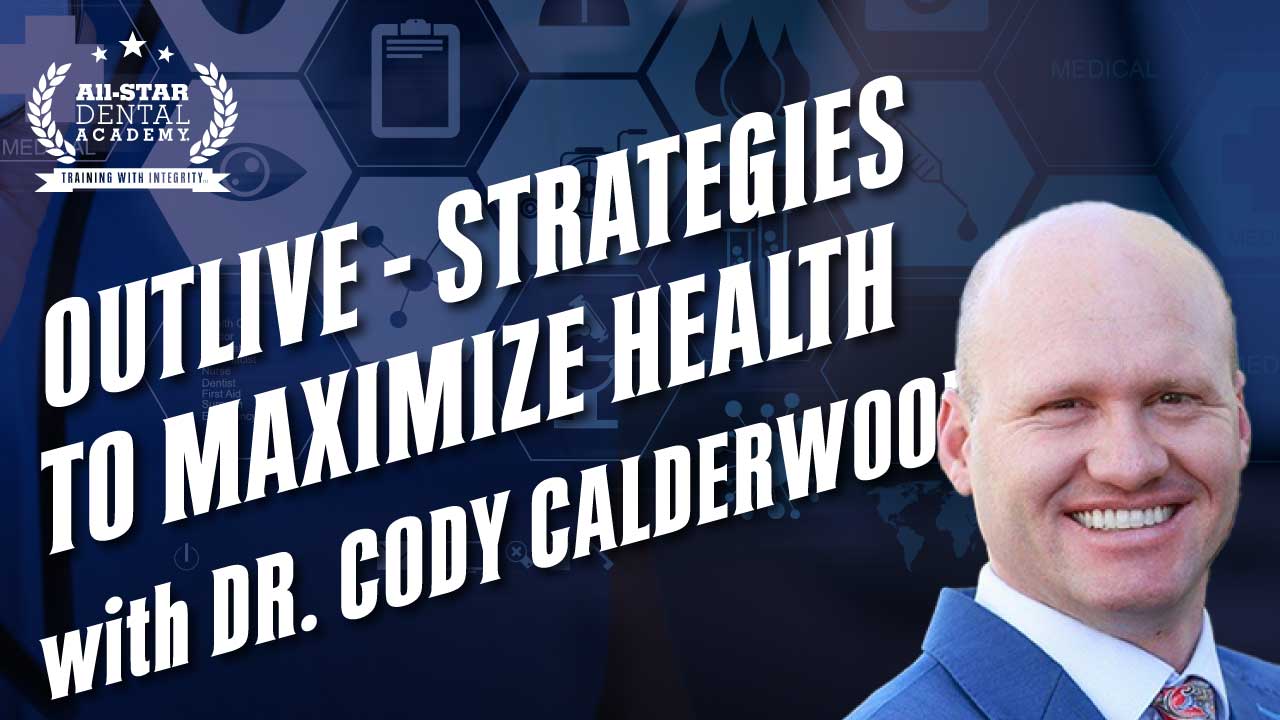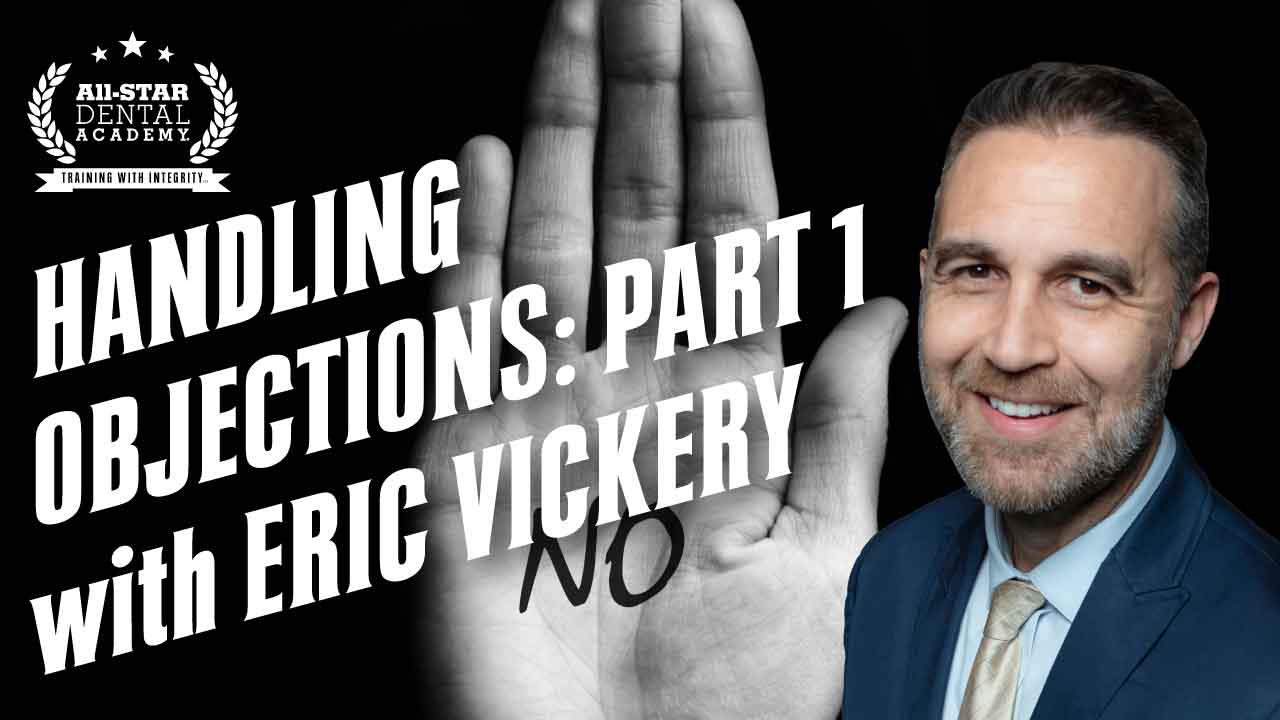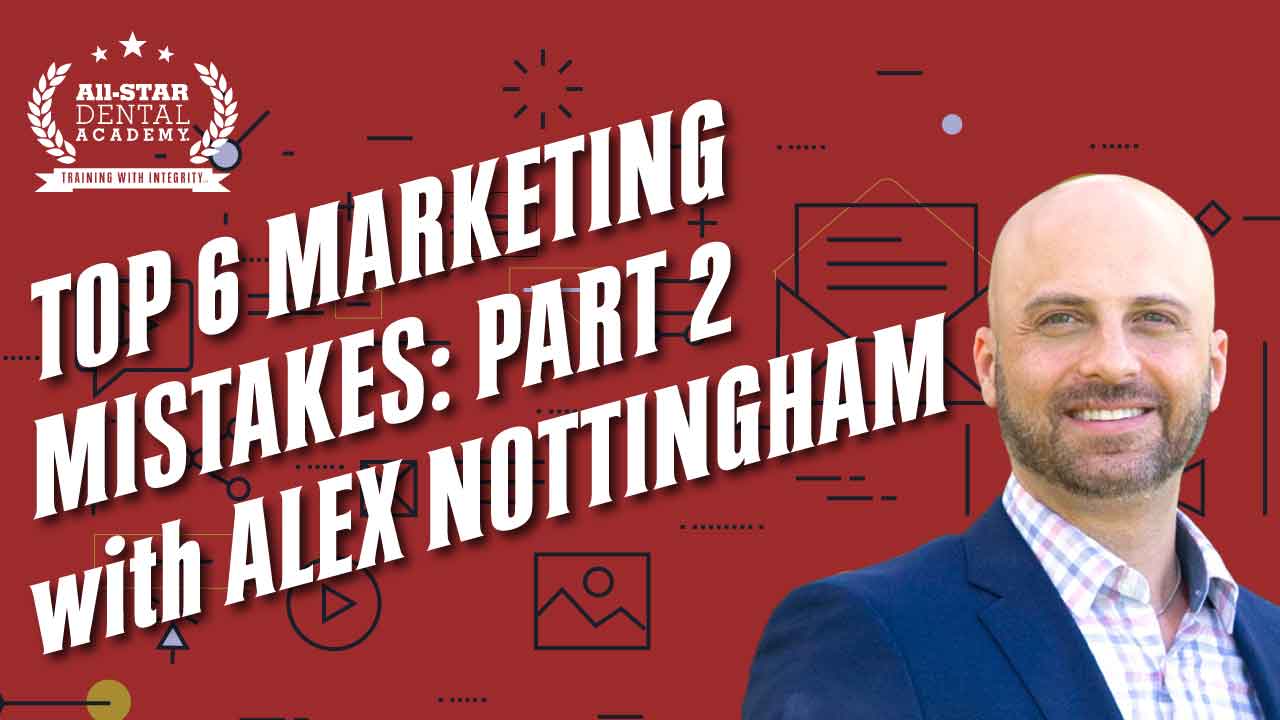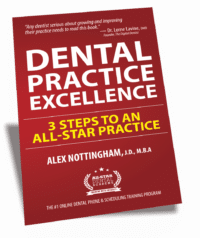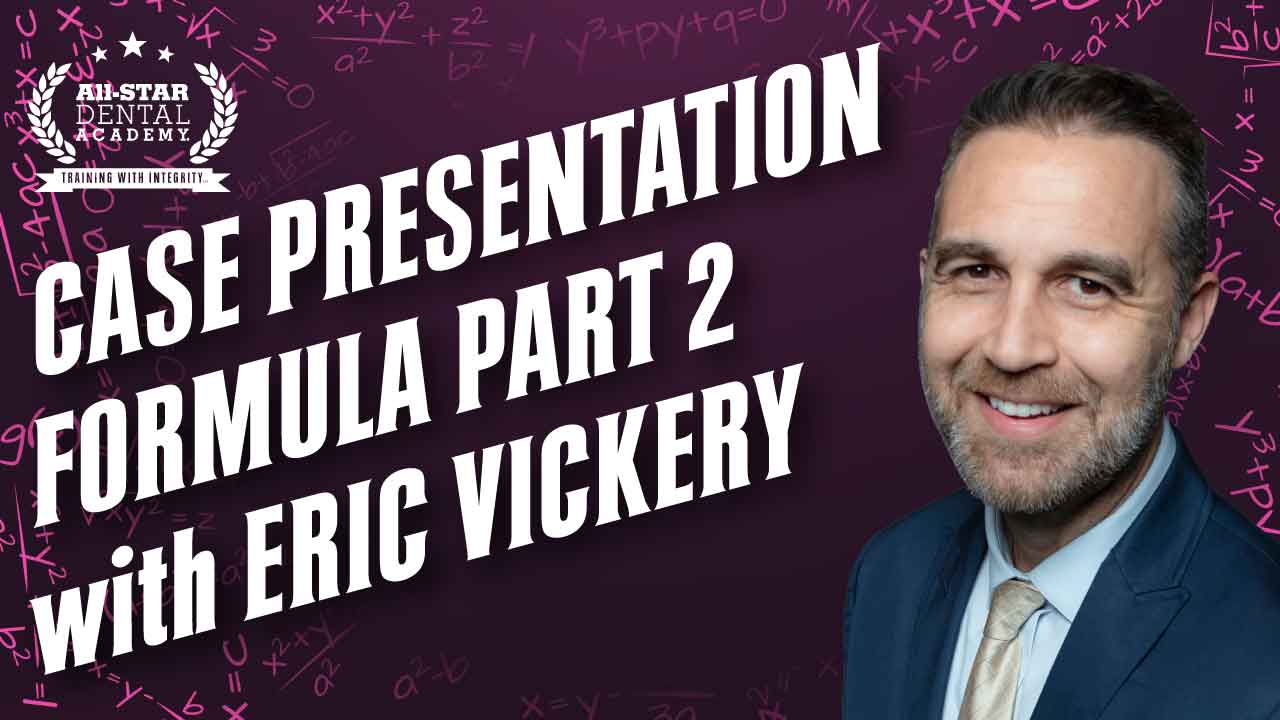Alex Nottingham and Katherine Eitel Belt discuss the importance of courageous conversations. They explore the reasons why people avoid these conversations and the skills needed to navigate them effectively. Katherine introduces the ARCH framework for courageous conversations and more!
Resources:
About Katherine Eitel Belt, CSP
Founder of LionSpeak Communications Coaching, and an international speaker, author, and performance coach, best known for helping professionals develop courageous, unscripted conversations with patients, clients, co-workers, and audiences. Certified Speaking Professional (an NSA earned designation achieved by less than 17% professional speakers worldwide.) SCN founding member, ADMC past president, faculty instructor for Dental Business Institute, Dental Speakers Institute, and Texas Tech University Dental School, AADOM/ASCA member, Board Advisor Emeritus for DEW, recipient of the Linda Miles Spirit Award and recently featured in the new documentary, Women Shaping Dentistry Tomorrow.
About Alex Nottingham JD MBA
Alex is the CEO and Founder of All-Star Dental Academy®. He is a former Tony Robbins top coach and consultant, having worked with companies upwards of $100 million. His passion is to help others create personal wealth and make a positive impact on the people around them. Alex received his Juris Doctor (JD) and Master of Business Administration (MBA) from Florida International University.
Episode Transcript
Transcript performed by A.I. Please excuse the typos.
00:02
This is Dental All-Stars, where we bring you the best in dentistry on marketing, management, and training. Welcome to Dental All-Stars. I’m Alex Notekam, founder and CEO of All-Star Dental Academy. And with me is Catherine Itell Belt, founder of LionSpeak Communications Coaching. Our topic is courageous conversations, mastering the important conversations you’ve been avoiding. And I also have with us our president of coaching and our co-host, Eric.
00:32
Vickery. Welcome everybody. Thank you. Glad to be here. Alex really glad to be back with you. So we’re going to start with you Katherine. You are our guest victim guest and we’re going to have some fun here. Tell us about this courageous conversations and how does it differ from normal conversations? Well, you know, courageous conversations is a conversation at least in the work context that we’re wanting to have with someone.
01:00
or someone’s wanting to have with us about some sort of conflict or some sort of issue or gap in expectations. The reason that Courageous Conversations has come about is that I’ve realized that a lot of people avoid these conversations because they don’t think they will go well and they don’t believe they have the skills. They think if we have this conversation…
01:25
I’m going to get the cold shoulder for two weeks and no one’s going to speak to me or, you know, they’re going to burst into tears or they’re going to be angry or things will get worse, not better. And so we avoid them. And of course, we all know logically that things don’t get better magically. So courageous conversations is really a way, a very simple way to structure that conversation so that
01:51
the person that’s receiving it, or even if they’re bringing it to you, that they feel uplifted at the end, even if you’re holding a really strict, tough boundary, that there is low to no judgment, that people walk away feeling empowered, that they have choice, and that they’re respected, regardless of how the conversation ends. And so it’s a brilliant way.
02:19
to navigate conflict in your life, both at home and at work. And so I think it’s really important. I think we’re living in a time, I mean, just turn on the news, you know, just pick up your phone and look at a social media thread. It’s almost, it seems nearly impossible for people in this day and age to have a difference of perspective or opinion and be respectful and kind and uplift the other party, even if they don’t agree. And so,
02:47
I just think we’re surrounded by the inability for people to do this and so I’m on a mission to help because I don’t think it’s impossible and I don’t think it’s that hard. I think we’ve overcomplicated it and I just see so much opportunity for people to do better with this in their lives. Marshall So, what would a courageous conversation look like and what would come up?
03:18
is this kind of pop the bubble or pop the myth around the fact that a lot of people think that if I just had the right words or if I just had a structure, then I could manage this better. But the truth is, what we believe, sort of that internal game, the mindset of the person speaking, drives what we’re saying.
03:42
So in other words, if you had had some conversations go badly with an individual you work with in the past, you likely believe that anything else is impossible. That same conversation going a different direction is impossible. Or you might believe certain things about, we find a lot of people believe certain things about millennials or boomers or office managers or DSOs versus, like we have these.
04:10
beliefs around people and situations and circumstances that drive what we say and how we say it. The first thing we work on with courageous conversations is this understanding that it’s mindset first. You’ve got to be able to get yourself on a strong emotional platform internally from which to speak. Out of anger, out of frustration, out of pessimism.
04:40
and move yourself internally. You’ve got to have some skills to move yourself over into a place of greater optimism, some way of stepping into this idea that people have choice. And so when you speak from there, it’s a very empowered place to speak from. And then the framework’s pretty easy. I always say, I could give you the framework right now.
05:07
But if you used it from this internal mindset platform of pessimism and negativity and anger, whatever you’ll fill in the blank, it won’t work. But I contend if you first write that ship and then you use the framework, it’ll work every time. And so we don’t teach scripts. We’re not a big fan of scripts, but we love frameworks. We want people to be who they are because I think authenticity matters.
05:37
I think people know when they’re being read to from a script and it’s, it’s in, you know, inauthentic, but I think, but we do need structure or otherwise we’re just winging it and, and emotions will take us in all kinds of different directions. So in order to not be a slave to the emotion and to have some structure, we teach frameworks. And so, so that, you know, that’s a big statement from a coach to say it’ll work every time, but so far that’s been my experience when people can get.
06:05
on a stable emotional platform, and then they speak and use the framework from there, it works every time. Yeah, the perfect example, we hear this all the time, Catherine, maybe post situation, is somebody flew off the handle. The emotion got the better of them, and they just went with it. They could use all the words and fancy terms and framework you give them, but if they’re coming across as angry and their EQ is off, just, you know, they’re boiling, it’s not gonna work.
06:35
Or if they’re fearful and they avoid, avoid, avoid, and there’s all these repeated conflicts, all these repeated issues that they don’t tackle, and then it’s this volcano of eruption that happens. And if you have more consistent conversations, of course that’ll go better, but it’s taking a step back and understanding who am I being in the moment so that I benefit this person that I’m approaching. That’s what I’m hearing you say. I love that. So good. And we talk about a concept, it’s
07:03
been life-changing for me, so we teach it in this mindset piece, but I call it flow and mud. So I have people imagine a river in front of them, and I say this river represents all the good things in life. This river is a great current, it’s a great temperature, it’s clear and beautiful, and we just float effortlessly in it like a cork. So that flow represents all the moments in our life that are good.
07:30
the day we held our newborn child, or walking down the aisle to the love of our life, or we got the job, or we graduated from school, or whatever it is, those moments. And so I have the audience say to tell me, how do you feel, and what were feelings you experienced in that moment? And they’ll name things like confident, or peaceful, content, certain, all these positive emotions. And then I say, but we don’t get to spend our whole life there in the flow. It’d be great if we did, but we don’t.
07:59
life happens and so there are these muddy banks on the side. And so if we step out of the flow into that muddy bank, those represent the opposite. Those are the times in life when we can’t find anybody to fill the spot at our office because nobody responds to the ad or the interviews. We’re frustrated, we’re maybe even a little panicked.
08:24
or someone has triggered us, something has happened. And so now we’re in the mud. And so I asked them, you know, when life is not going so well, how do you feel there? Give me some, and so they’ll give me, you know, it’s a range, right? It’s everything from being a little miffed to being devastated because maybe someone we loved passed away. I mean, it can be everything in between. But what I say is, it’s a mindfulness game. It really is a mindfulness game.
08:49
So if you start to get in tune with how you are feeling at any given moment, I contend that if you can recognize, which I believe anybody can, begin to recognize I’m over here in this mud. And I know that based on how I feel right now. So I’ve been triggered and.
09:09
My job every day is to wreck it. You know, it’s a game. It’s more, not a job, it’s a game. I play the game of how quickly can I realize I’ve been triggered and I’m in the mud and how quickly can I get back to the flow? You know, there’s very few humans that ever live in the flow, but all the time. But we play this game and we can. And so if I can, you know, I ask them, do you think the conversation would be different having it from the mud than from the flow? So the first…
09:37
The first reaction should be, where am I? Where am I? The first time something happens and you’re triggered or someone comes walking down the hallway, shaking their finger at you saying, I wanna talk to you today before we go home because if she’s here tomorrow, I won’t be. Well, boom, you’ve got conflicts sitting in your lap. And the first step is to ask yourself, where am I? Before I open my mouth, where am I? Am I in that mud or am I in this flow? Because if I’m in the mud anywhere,
10:07
then I just am gonna try to inch myself back over to here where I know everyone is that choice and most things work out. And all I have to do is get in this conversation and explore some of the, you know, we’ll use the framework there. So we can talk about what that framework is. The framework’s really simple. And I think it needs to be simple. I think in conflict, if you try to give somebody 17 steps to solve the conflict.
10:31
their emotions are high and they’re never gonna remember it. So complexity’s not your friend when your emotions are triggered. You need simple. And that’s exactly what we teach. I liked how earlier you mentioned that you don’t like scripts. I actually had a question I wrote down about that because about what do you think about scripts? Will you answer the question? Because we’re not fans of that for multiple reasons. And typically scripts are trying to do it an easy way out or a way to manipulate because they have to say it that way. They don’t work.
11:01
And like you said, even frameworks don’t work if you don’t have the right heart behind it. You don’t have the right state behind it. You don’t have the right emotional intelligence behind it. But frameworks give you more freedom than scripts do with respect to that. So I wanted to notate that. Yay, check off the box. That was great. You passed the interview, you’re hired, it was great. So that’s wonderful. Give us, if you’re listening, what’s the framework?
11:31
So let us know what is the framework, and then how can this apply to an office? How can it apply to team members? And also, how do we address this? This is a big issue you’re going into. I mean, we’re talking about flow, emotional wellbeing. How do we cultivate that? Almost sounds like that’s a prerequisite or something we wanna work on, is how do we cultivate more sanity in the office for people? Because if we’re,
12:01
Any situation, if we’re calm and relaxed, there’s probably gonna be a better outcome regardless. But if we’re not and we’re triggered and we’re merging with something going on, or we have the wrong perception, perception is reality, then what goes on? So walk me through the framework, because like, what’s that? And then also how do we put into play those prerequisites? Yeah, okay, great, great questions. So,
12:30
One thing I want to say about before I give you the framework is there are a couple of mindset shifts that are hugely supportive of the framework that I think are important. One is I ask the people we work with to get out of their… We work with a lot of managers and team leads. A lot of times they have been promoted because they’re good at their job. They’ve been promoted into this management level position.
13:00
without ever being given the skills to have these kinds of conversations. And I think we lose a lot of really great talent because they get in there and go, I don’t, this is not fun. Having these kinds of conversations are not fun. And so I think we lose a lot of talent because we don’t give them the training they need from the get-go. So when we’re working with folks like that, one of the things I ask them to get out of their mindset is that people have to do anything. That they have to do anything.
13:29
People do not have to do anything. Thank goodness we all live in America where we have freedom of choice. And so people don’t have to, let’s say work starts at 7, that’s the time we expect people to be at work. People do not have to go to work at 7.45. There are lots of jobs they can have that don’t start then. There are lots of other choices for people. So if we get out of our…
13:54
mindset that people have to do anything. And also I ask them to get out of their vocabulary a demand and instead shift into and insert the word invite. We’re not demanding you do anything. That’s not our job. That’s not what we want to do. What we’re doing is respecting
14:20
you and your choices that are good for your life, good for the kind of parent you want to be, good for the kind of professional you want to be, good for the life you want to live. Total 100% respect. And we’re inviting you. We want you on our team. We absolutely want you on our team and we’re hoping you will choose us. And we are inviting you into an experience, a work experience that has some standards, that has some boundaries, has some expectations.
14:49
And by no means are we forcing you, by no means are we demanding. We are inviting you in. And if you choose, if you accept our invitation and you choose, and you walk over the threshold of this building tomorrow morning, you’re essentially raising your hand saying, I sign up for that. I sign up for 745. Me. No one’s forcing me. It’s not the big, bad mean manager. We’re all grown adults.
15:20
navigating our own life in our own way. And so when, so the framework won’t work and everything gets easier. You can see where we would avoid something when a manager feels like they’ve got to sit down and demand different behaviors and demand, you know, but when you don’t, when you’re never doing that again, and you just know, I’m only inviting, I’m respecting that.
15:46
It’s hard for you as a single mother of three to get across town to take your kids to school and get back in time for work. I respect that. And no but. And the invitation here is that you would figure out a way to be here at 745. And we respect that it’s no small challenge to be the mother you aspire to be and to accept our invitation to join us.
16:16
at this level of operation, you know, that we know that. And anything I can do to support you, if you’re looking for ideas or if you’re looking for, you know, then I’m happy to have that conversation. I’m also respectful that it may not work for your life to balance both of those things together. And so it’s this idea of coaching people up or coaching them on.
16:41
coaching them up or coaching them on, but either way I’m coaching them, either way I care about them, either way I want the best for them and I respect their choices. And so in that mindset, now we can look at the framework. So the framework, I have an acronym called ARCH, A-R-C-H, which is really easy to remember because I view it in my mind like the bridge between the disconnection and the connection or the conflict and the resolution.
17:11
So the A in art stands for three things. One is to affirm something about them that you, especially if it can relate to the situation. And I always say, be careful here because people know the truth and they know when you’re giving a false compliment. You know, you’re really great, but you know, it’s like, might as well save your breath.
17:36
So what we want to do is affirm something that’s true. And sometimes the most true thing we can say is, I really appreciate the fact that you’re willing to get in this and have this conversation with me today. Something like that, but something that we can affirm. Then we try to find a place of agreement. So where around this subject, where around this issue, would we agree? We get that we don’t agree. We get that from the beginning. That’s why there’s a conflict. But…
18:05
So let’s say someone’s late to work, and that’s what we’re having the conversation about. So I would say, Sarah, would you agree? First of all, I would start by, well, can I back up one bit? Before I go into the framework, one important thing to do is go ahead and set the context for whatever it is you wanna talk about. Sarah, I wanna talk to you about what time you’re getting to work every day. You set the context. But before I launch into Arch, which is me talking,
18:31
I’m gonna hit the pause button for one moment and I’m gonna say, Sarah, how do you think it’s, I have some ideas I wanna talk about or I have a request I wanna make, but I’m curious how you think it’s going first thing in the morning when you get to work. Because whatever Sarah says is gonna be helpful to me. And she might say, I don’t have any idea what you’re talking about, I’m never late to work, right? So I’m assessing my gap from the beginning of the conversation, do I have a big gap?
19:00
between how we see things or a little one. If she says, I’m really glad we’re having this conversation, I’ve been meaning to, I know I’ve been late, I know it can’t continue, I’ve actually made some changes and I don’t think it’s gonna be an issue in the future and I’m really sorry and I’m glad we’re having the conversation to clear it up. My gap’s really small. So when would you rather know that? At the end of the conversation, the beginning of the conversation. So the first thing I do is check in, how do they think this thing is going? What’s their perception?
19:28
Then Arch goes, so now I say, well, Sarah, I really appreciate, one of the things I most appreciate about you, or, you know, no scripting, you could say affirm, or you could say acknowledge, or you could say, you know, admire, doesn’t matter. One of the things I really appreciate about you is when you are here, when you’re at our meeting on time and you’re there for the full meeting, you have such a depth of relationship with our patients that you contribute in an amazing way, in a really important way. So do you see how that’s?
19:56
For me, if that’s true, then she hears it, she feels it. And we start from this, I don’t think everything about you is wrong. I don’t think everything about you is not working. It’s just, I have a request about one thing, but this is what I admire. Then I’ll say, Sarah, would you agree that when everyone’s here on time, on those days where everyone is on time for the meetings, those meetings go better, the days go better.
20:24
and we tend to get our lunch and we tend to get out on time, that tends to be the norm when we start on time. Would you agree with that? So what is Sarah gonna say? A reasonable person is gonna say, well, of course. And I will tell new managers learning this or anyone learning it, that they may give you a little attitude. They may go, well, of course. And I just take it. I just go, okay, all I want is a nod of the head that they agree.
20:51
you know, that closing up using our checklist at the end of the day secures our patient’s information and that that’s important. That’s an important standard for the business, you know? So I’m just looking for, where can we agree on this issue? Because we’re getting ready now to launch into R, which is where we’re gonna make a request or navigate and negotiate a resolution, a new agreement. So I wanna launch into that from a place of agreement and from a place of affirmation. And so that’s what the A is for.
21:21
There’s a third thing and that is as you move into R, connect those two with the word and, not the word but. Because the word but, you know, I think you’re really great, but you’re going to have to be at work on it. I mean, that’s a big eraser of what came before. So and connects those. It says both of these are true instead of one or the other is true. So you can connect them with them and now we’re fully in R. And R is where we negotiate new
21:50
all upsets are due to one of two things. Either there never was a clear agreement around this thing and we’ve got to create clarity. We’ve got to create a new agreement so that everybody’s really clear. Or there was an agreement and somebody has broken it. And now we have to talk about this broken agreement. And so if you think about that in R, those are the two things we’re trying to figure out. Which one is it? Are we…
22:17
Are we establishing a new agreement because we realize now that we never had one and we need it? Or was there one, work started at 745 and someone’s broken it and that’s what we’re navigating. So I find that to be very helpful here. And this is where you’re either going to call someone to that higher standard or you’re going to be creative and how the two of you are gonna create some new solution. A lot of times that’s what it requires. And I find it’s very helpful to have this
22:47
part of the conversation, if the owners of the business, the owners, not the managers, but if the owners of the business have established some cultural standards and everyone was clear about the cultural standards. So if one of, let’s say one of the standards that was made clear to the team was ongoing growth, that at any time you work in this business, everyone who works for us is working on something, they’re growing into something, that’s a standard.
23:17
So if you have that standard, then the manager having this conversation is able to say, you know, Sarah, you’ll remember that when we were at our annual meeting, our owner talked about the cultural standard of ongoing growth. So this conversation is in service to that. My job and your job, since neither one of us own the company, my job is to help you grow into that standard. And so I’d like to have a discussion about how we can help you do that.
23:47
So I find it’s much easier to have these in the work context if the ownership of the company has set some standards that managers can live into with their people. It gets them out of the bad guy seat and puts them into the coach seat, which is where they’ll do better work. So in the R, that’s where we negotiate, that’s where we negotiate, and that’s where that respect of people having choice, remembering everyone is that choice.
24:16
There are no victims here, but people think they’re a victim. And sometimes we accept that from them. But I don’t. I don’t think anyone, even if they think they’re a victim, I know they’re not. And I hold the space for them that they’re not, that I’m not demanding it. I’m inviting. I’m their biggest champion and will always be, because I’m not.
24:41
even if they’ve been ugly to me, they’ve been mean to me, or they’ve said something and it hurt my feelings, I’m gonna walk into this R part, assuming they’re a good person at their core, assuming that they have things going on I don’t know anything about, and that my job is just to shift into neutral and to help us find a place where we can both meet. And so this requires some emotional maturity.
25:09
to do, but that’s how we build it over time. And then C is, there’s a lot more to R, but those are really the basics. And then once we have a new agreement, if you could see me get down on my knees, I would do it. I would beg people not to think they’re done, that they have this new agreement, or they’ve reestablished an old agreement. It can feel like you’re done. But what I know for sure, especially in conflict,
25:38
both parties did not hear the same thing. And so that C stands for clarifying specifically what we agreed to, not in generalities. I say everything is a test. So let’s test this, let’s test this new agreement. Let’s see if it’s actually gonna solve the issue and solve our conflict.
25:59
And so we test it and we need an end date. We need an end time. We need to know who’s putting that on the calendar. We don’t need to say, let’s check back in a couple of weeks or let’s check back in a couple of days. That will never happen. It will never happen. And so it’s very specific follow-up. And then the last one, H, is for leaving this wrapped up with the bow of hope, hopefulness, optimism, gratitude. So it’s just really the bow we put on it. I’m grateful for the conversation. I’m grateful for them.
26:29
And I’m optimistic about the future, especially in relation to this issue. So very, you know, very simple. A is for affirm, agree, and just use, and as you launch out, R is where we’re going to negotiate those new agreements, where they’re going to build a new one or reestablish the current one. And then C we’re going to confirm and H we’re going to tie that up with a bow of gratitude and optimism. So super simple, but we often haven’t learned it.
26:56
And so we’re just trying to be right and trying to win. And we leave two dead bodies in the wake, you know? And so it’s been great to teach. It’s been great to see people lean into this and write to us and say, this simple little framework has changed everything. At work and some, you know, you don’t get better at it at work and not get better at home, not get better around your dinner table.
27:22
You know, that’s the beauty of this skill. I love what you said, hold the space. I think that’s a skill in itself and presence and allowing people to unfold when this loving presence. I have coaches that work for us. I have coaches that coach me. I have a mindfulness coach and she does a great job just holding a space. Tom, our buddy Tom who does our accounting and helps out with marketing.
27:51
He’s so great. He just listens to you. Just sits here and listens. And he’s like, wow, that’s brilliant. It’s such a healing quality. And Eric, you do a lot of this stuff. I love, Eric and I love, I love debating with Eric. It’s fine, because he’s so smart. But he does, when we disagree, he’s so, it’s so sweet the way he does it. It’s never an argument. It’s always, I’ve thought about it this way. Eric, what, listening to Catherine,
28:21
Again, you’re huge on verbal skills, being president of coaching, great coach, and coach the coaches, and then as well as leading our seminars and teaching case acceptance and using verbiage appropriately and adapting yourself to the patient. So listening to Catherine, what are some thoughts from you on this? Yeah. Yeah, I love this. I was taking tons of notes. I think it’s genius. It’s just simplifying.
28:48
complex conversations that people are afraid to have. And I grew up in a family where we didn’t, we just swept things under the rug. That was the best way to do things. I married into a family that had something called family meetings. And I sat there and I was sweating and I thought, what are we doing right now? And then I realized, okay, so solutions come from effective conversations. You can have an effective conversation. You can relate, get through your relationships, conflicts.
29:15
in a healthy way, but the key is the word effective. And what Catherine’s doing so well is creating an effective conversation framework, and I love that word, and gosh, when you can build up the confidence and the mindset, your most powerful tool, your mindset, to jump into this conversation and go, okay, I have the tools, I have the confidence to do this, I know I have the right intention for this person and my business, and I know I have integrity in this.
29:42
I can have a conversation that leads to something and sit down and say, Alex, I really wanna sit down with you and have a conversation about how we become better in the end, how we are constantly moving the right. And so how, and then I go into the how questions, which is really what she’s talking about. How are we in agreement, right? How are we in alignment on some things? Make some emotional deposits, right? I love this. How well you do things. I love how you do and affirm what it is. Make some emotional deposits and then you transition right into
30:12
an agreement, our culture. Here’s what we said, our culture commandments are this. How are you following into this? How are you feeling about being aligned with this? So this is just so insane. Yes. How might you do this? Also, I want everybody to just watch and listen to both these wonderful coaches and leaders and how, again, the mindset behind it. Because we often, often, but we meet different people throughout life. Some will, there’s the know it all mentality. I know it all.
30:41
And there’s always an excuse, there’s always somebody that’s dangerous. The blamer kind of works with that too. Somebody to blame, or I know it, I’ve done it. How many times have you done it? 100 times, no. 10 times, no, I did it one time. And whereas I see Catherine and Eric taking notes, learning from each other, we can be here for hours just comparing coaching hacks, as Eric would call them. But I think it’s that beginner’s mindset, that humility that I can learn more, I can listen more, I can open.
31:09
to more and we can be better and better at conversations. And that, again, this idea of being proactive versus reactive, what is the world putting on me or how can I adjust to the positive, to what I choose to have. And the words are very important that we choose to affirm you were saying, to support. These are the, and you mentioned this in your notes in your bio about the soft skills. And yes, they are soft, but they’re very important, more important than the hard skills.
31:39
from the Harvard research that emotional intelligence is a greater predictor of success than intelligence. We have a lot of smart people, a lot of clever people in the world. We need people that can bring more of these soft skills because, what is it, cleverness without wisdom is a problem, we need more wisdom. And it’s great to have both of you two, the two wise guys here, Eric Vickery, Katharine Eitel, Eitel Belt. Thank you so much for being on the program, both of you.
32:08
Catherine, thank you for coming on here and being courageous and sharing with us your courageous conversations. Remember everyone to follow us on Apple Podcasts, Spotify, YouTube, get the episodes as they are released, share with your friends, and until next time, go out there and be an All-Star.
